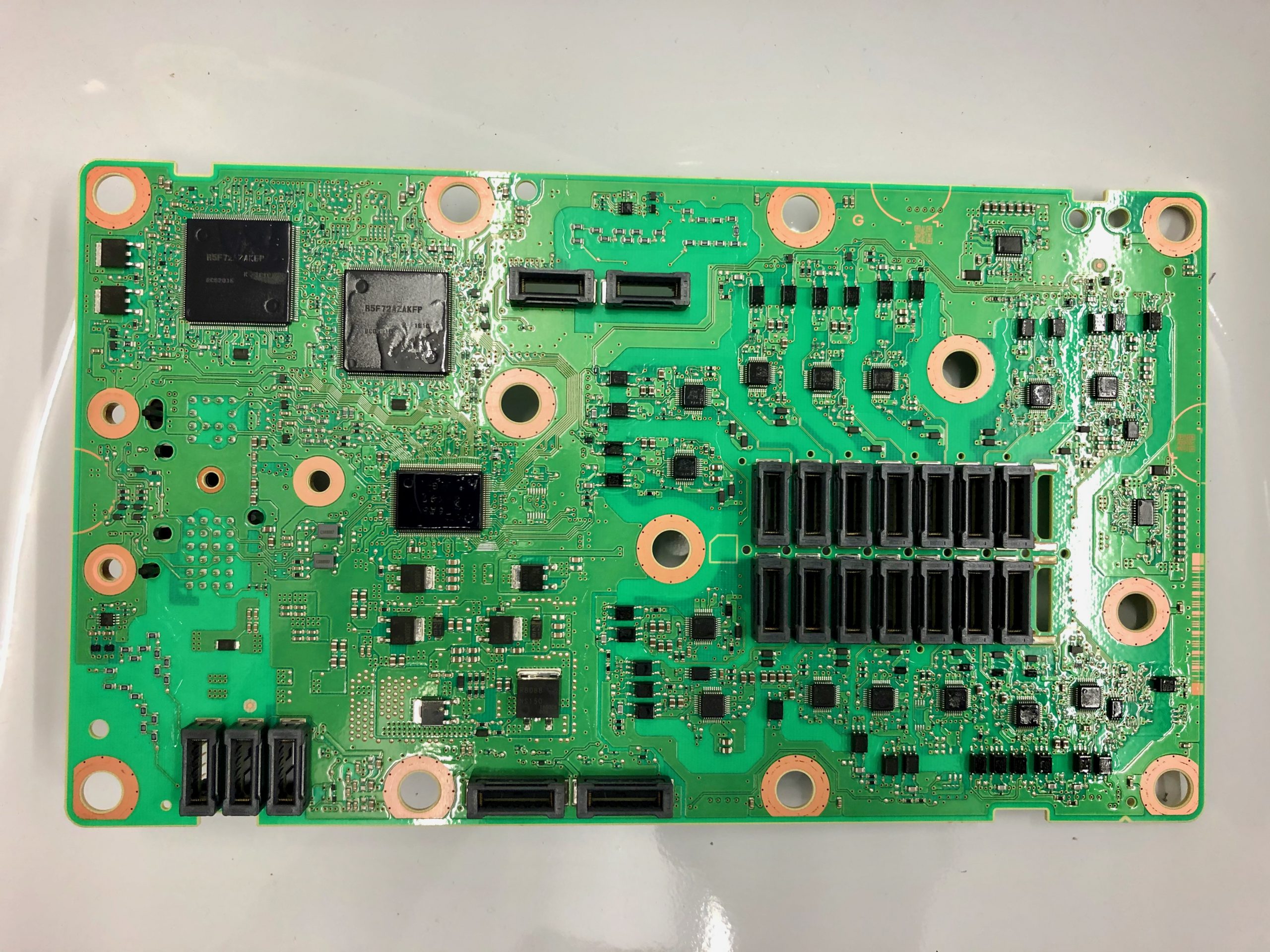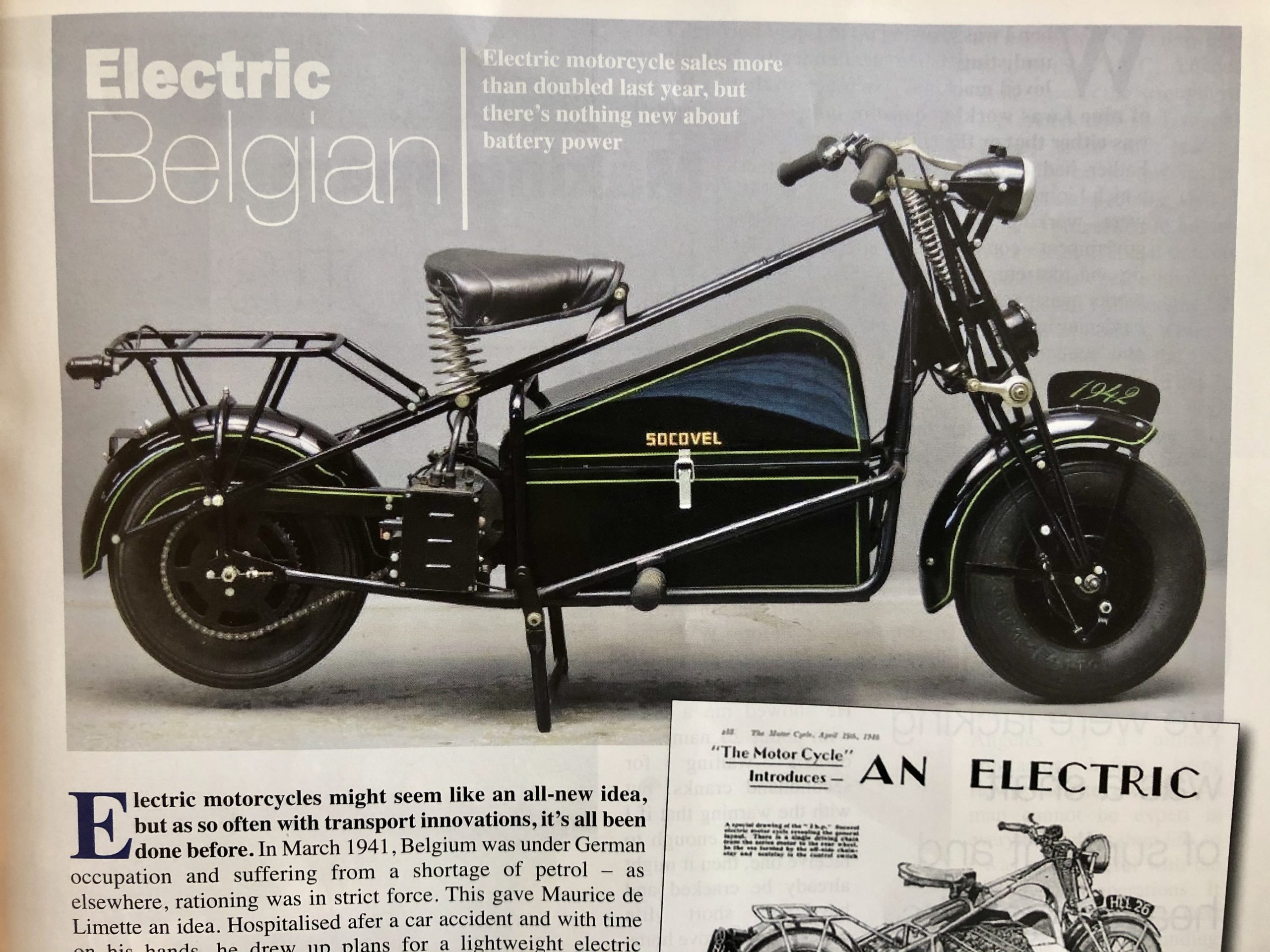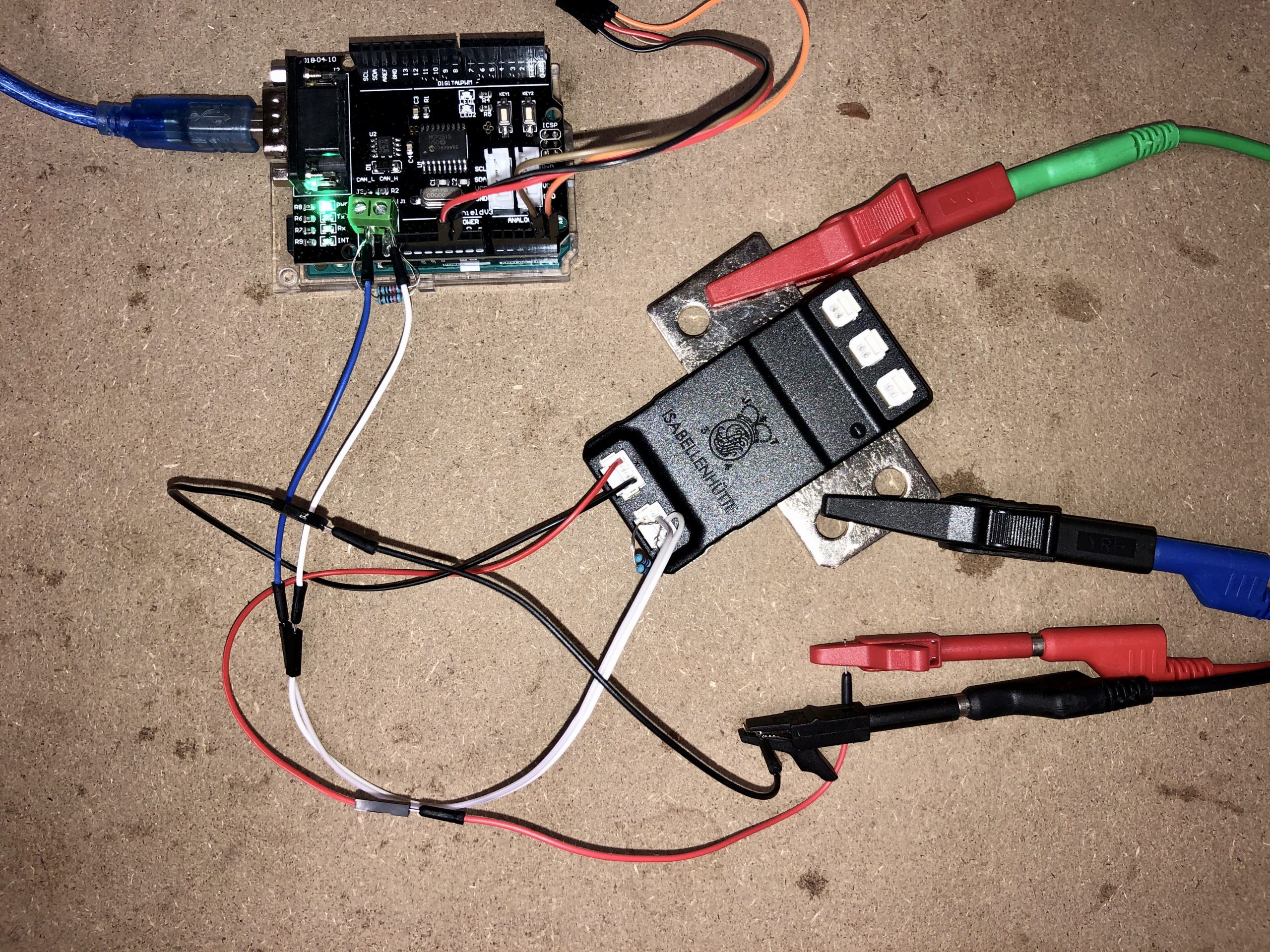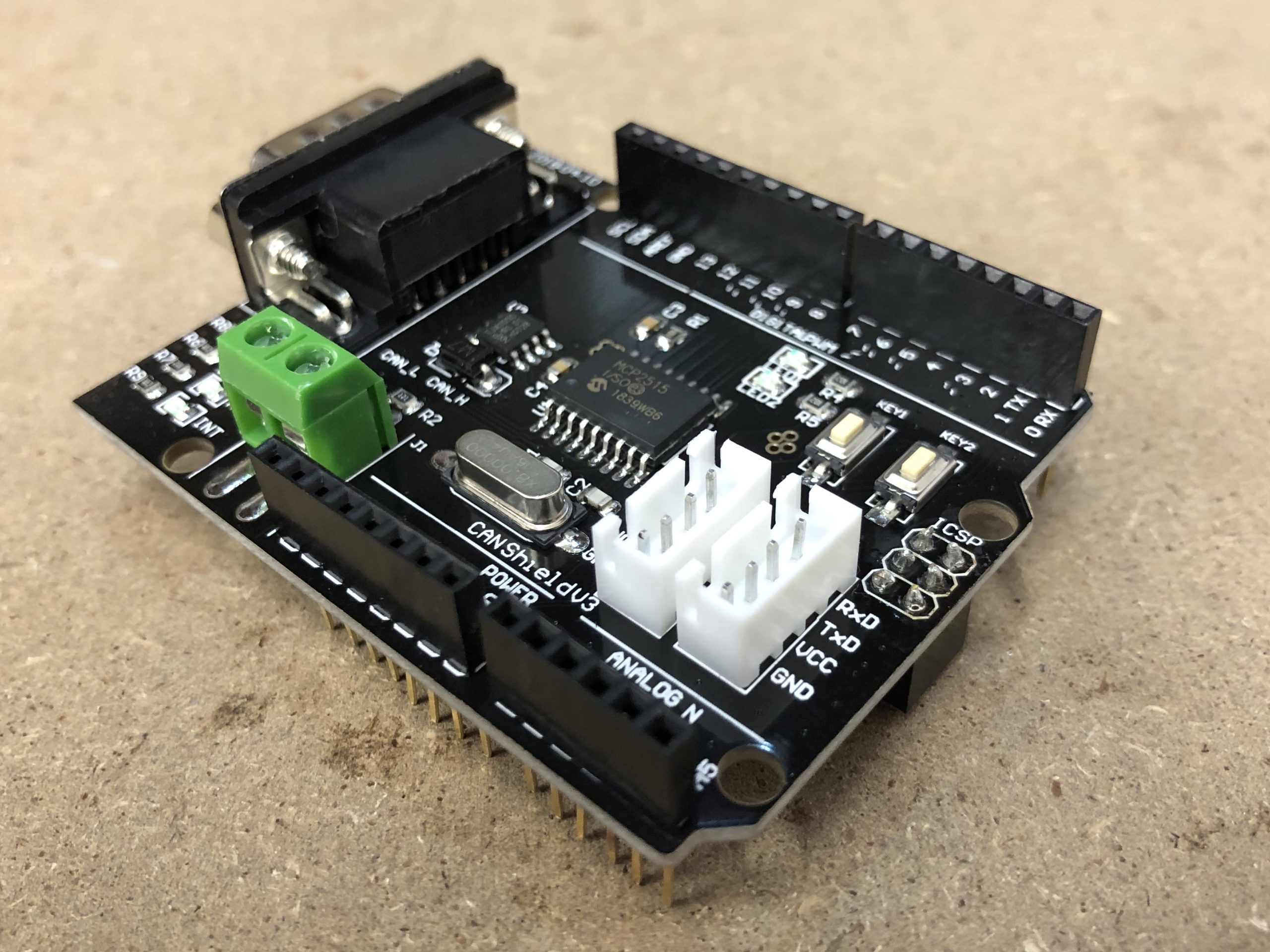There is something deeply satisfying about taking complex electronic devices apart to see how they work. Here’s the inverter (or “Power Control Unit”, as Toyota call it) from a 2017 Prius. It’s an impressive piece of kit: two 3-phase inverters plus a DC buck/boost in a compact, water-cooled 34 x 21 x 19cm, 10kg package.… Continue reading Inside the 2017 Prius inverter
Author: Paul Barnfather
Test riding Zero Motorcycles
Zero Motorcycles are offering test rides at the moment. I had a go on the FXS, SR/F and SR/S. The SR bikes are formidable machines and insanely quick. The FXS is huge fun and very well sorted; it’s probably the more usable bike for day-to-day commuting. I came away with lots of ideas for my conversion… Continue reading Test riding Zero Motorcycles
Another possible BMW battery pack…
These 2kWh 8s BMW modules from batteryhookup.com look very tempting, even with shipping from the USA. They are relatively cheap and light weight (13kg), and four of them in series would give me a useful range of ~80 miles. This is the most promising battery option I’ve seen so far. The light weight means they’re… Continue reading Another possible BMW battery pack…
What about hydrogen?
Electric vehicle naysayers sometimes get very agitated about hydrogen. I’ve got nothing against the technology, but I find it hard to get excited about something that’s both expensive and complex to build and expensive and complex to operate.Here’s a video of Toyota Mirai production for your contemplation: Me, I prefer simplicity.
Could a 2017 Prius inverter do the business?
Inverters are bulky – and there’s very limited space on a motorbike. This is one of the reasons why bike charging options are so limited. Few bikes offer rapid AC charging, and the battery voltage is often too low for CCS (200V minimum). This got me thinking: the 2017 Prius inverter is small, water cooled,… Continue reading Could a 2017 Prius inverter do the business?
Battery wiring, or: how to destroy an inverter
Damien over at www.evbmw.com had some fun recently with an “indestructible” Toyota Prius inverter. Although the problem turned out to be something entirely different (zero dead time! 😳), his investigations showed how important it is to carefully consider the current path between the battery, the inverter and the DC bus capacitor. Basically: And make sure… Continue reading Battery wiring, or: how to destroy an inverter
Classic electric bike
This month’s Vintage & Classic Motorcycle Club magazine has an article on an electric motorcycle from 1942. It was built in Belgium as a response to petrol rationing, with a production run of 500. Performance was rather “modest”, but I still love it! 🏍 ⚡️
Getting data from an IVT-S over CAN bus
Once you’ve go data coming in over CAN, you can use a simple program to read the current value from the IVT-S. There could be a lot of messages coming back on the CAN bus, so specify a “mask” and “filter” for the CAN message IDs you want. CAN bus message IDs are 11 bytes… Continue reading Getting data from an IVT-S over CAN bus
Getting started with CAN bus and an Arduino Uno
My Isabellenhütte IVT-S current meter only speaks CAN bus. You can speak CAN with an Arduino Uno and a CAN bus shield. You will need the following An Arduino Uno R3 board An MCP2515-based Arduino CAN shield Two 120 ohm resistors Here are the steps: Configure your Arduino IDE Download and install the Arduino IDE… Continue reading Getting started with CAN bus and an Arduino Uno
BMW i3 battery modules: no can do
BMW i3 battery modules are high performance and widely available. The 94Ah Samsung SDI (NCM 111) cells are 2kg each, 173 x 125 (+ terminals) x 45mm. They hold 350Wh and can deliver 409A. 30 cells would give 111V, 10.5 kWh and weigh a mere 60kg. Perfect! Unfortunately, BMW modules cannot be split 🤨. This… Continue reading BMW i3 battery modules: no can do




